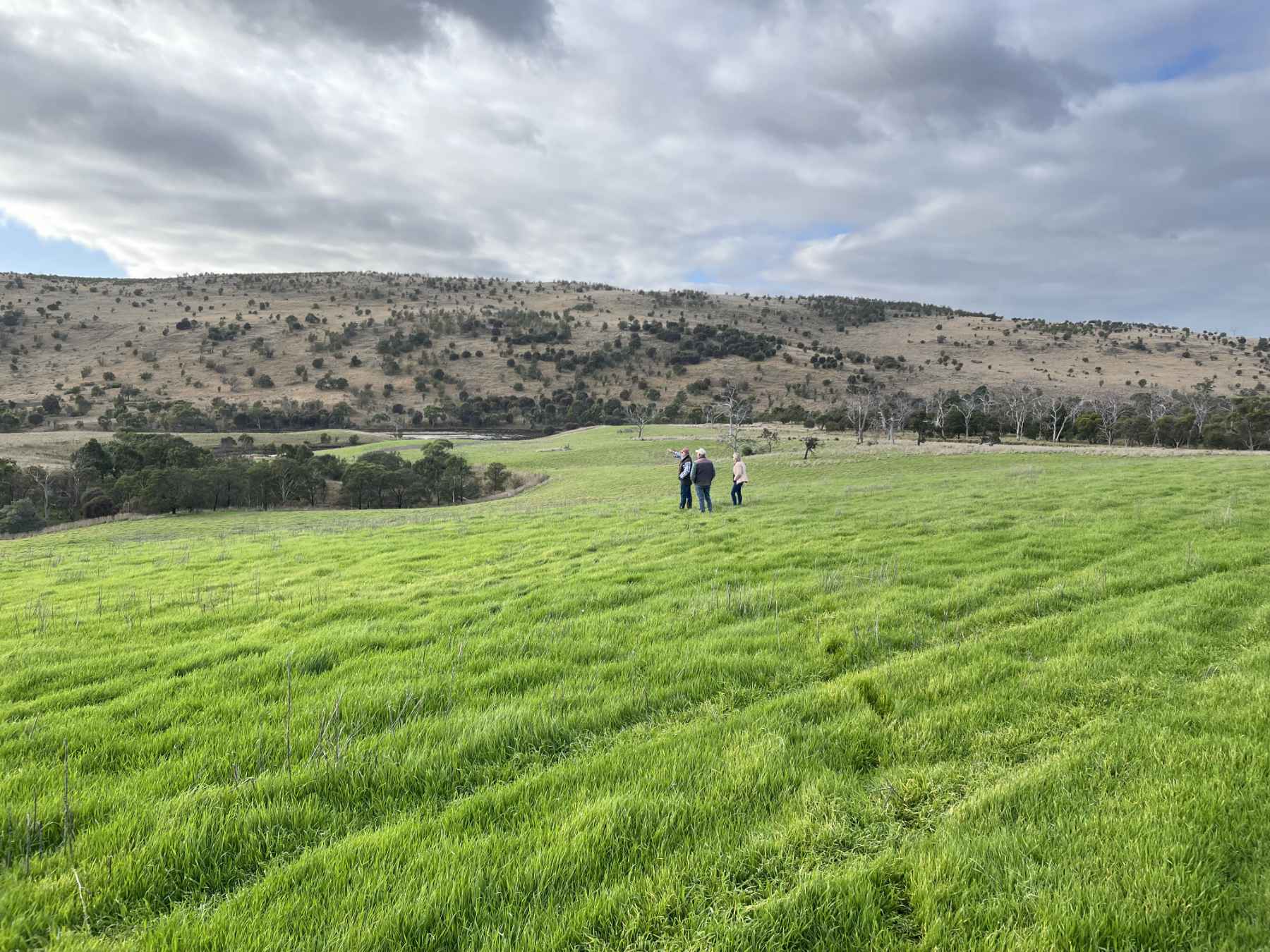From December 2023 to March 2024, Richmond Bicentenary commemorated the town and its valley.
Van Diemen’s Land (lutruwita/Tasmania) was established on the Derwent River by the British in 1803.
For millennia, the lands to the river’s east had been the home of the Oyster Bay nation. Their river valley, the district now known as Richmond and the Coal River Valley, was firestick-farmed and hunted and fished by the Mumirimina people, and the river was an important crossing and meeting point for the Oyster Bay and Big River people.
By 1808, land grants along the Coal River encroached further east. The new occupiers also saw the significance of the location and a bridge over the river was commenced in 1823, with the town of Richmond being proclaimed in February 1824. As a police district, it had a role in preventing traditional owners from using their lands and contributed to the ultimate destruction of the Mumirimina band.


For around 70 years, Richmond was a key transit point, increasingly significant for agriculture, and a regional centre until it was bypassed by the causeways across Pittwater and the north-south rail line in 1873 and 1876 respectively.
Agriculture remained the core industry, but the town drifted into a century of neglect. In the 1970s, with increasing interest in heritage, Richmond began retelling its story as a tourism destination. Richmond’s proximity to Hobart and the airport, together with the valley’s fine wine industry, have enhanced its tourism appeal. In the 21st century, Richmond’s community is a mix of descendants of early residents, and people who chose to move into the area for its heritage charm, rural life, and proximity to the city. This post is sponsored by our partners.

